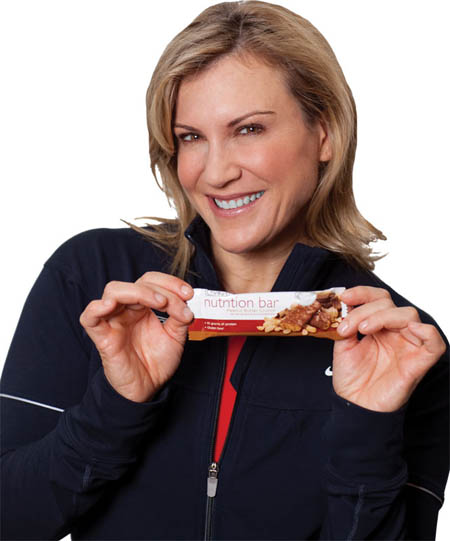Exercise: How Much Physical Activity Is Too Much?

The recent phenomenon of augmented reality games like Pokémon Go and Zombies Run has more people than ever out getting exercise. With obesity rates in some countries as high as 74%, this seems to be a step in the right direction.
But just how much exercise is considered too much?
Ours is a culture that values beauty in very specific ways. This can lead to body dissatisfaction in men and women.
Exercise can become an addiction like many other behaviors. It is usually found in those who are high achievers. These individuals tend to attach their value of self-worth to the amount of time spent in the gym. Therapy and community support can go a long way to help these individuals.
You can gain some support by creating a workout group or by participating in a fitness class. It can also let you know that you’re not alone in your desire to be healthy.
 First of all, let’s talk about the difference between regular exercise and ultra-endurance exercise. Regular exercise is defined as one hour or less of cardio output a day. Anything above that is considered ultra-exercise.
First of all, let’s talk about the difference between regular exercise and ultra-endurance exercise. Regular exercise is defined as one hour or less of cardio output a day. Anything above that is considered ultra-exercise.
This really only affects you if you’re an athlete who trains multiple hours a day. Of those athletes, males and those with family histories of heart conditions (such as long QT syndrome, right ventricular cardiomyopathy, and hypertrophic cardiomyopathy) and other existing health conditions are most at risk of seeing a negative impact on their body. Most results aren’t seen until later in life.
Most of the research done has looked at the effects on the heart. Athletes can develop what’s called “athlete’s heart.” They may see profound changes in the physiology and structure of their heart including coronary artery anomalies.
Muscle injuries are another effect—seen again in those who train extensively. If you’re planning on training for a marathon, make sure you work with your doctor to determine a workout regimen that works for your body.
It’s important to remember that most doctors are seeing patients who need to increase their physical activity rather than decrease it. We need to keep encouraging healthy levels of exercise to decrease rates of diabetes and hypertension, and increase our global life expectancy.
Until then, keep catching those Pokémon.
Sources
Centers for Disease Control and Prevention. Summary health statistics for U.S. adults: National Health Interview Survey, 2010. Hyattsville, MD: National Center for Health Statistics. Vital and Health Statistics 10(252); 2012. Available online: http://www.cdc.gov/nchs/data/series/sr_10/sr10_252.pdf [PDF – 3.8 Mb]
Dawson-Cook, S. The Harmful Effects of Excessive Exercise. American Fitness (May/June 2015). Aerobics and Fitness Association of America.
Mons, U., Hahmann, H. and Brenner, H. “A Reverse J-Shaped Association of Leisure Time Physical Activity with Prognosis in Patients with Stable Coronary Heart Disease: Evidence From A Large Cohort with Repeated Measurements.” Heart, online ahead of print (May 2014). DOI: 10.1136/HEARTJNL-2013-305242.
Wilson, M., Et Al. “Diverse Patterns of Myocardial Fibrosis in Lifelong, Veteran Endurance Athletes.” Journal of Applied Physiology, 110, No. 6 (Jun 2011). DOI: 10.1152/JAPPLPHYSIOL.OI 280.2010.
We’re proud to bring you the freshest content on the web! Follow USANA on Twitter, like our USANA Facebook page and enjoy the latest videos on the official USANA YouTube channel.
 Learn what USANA is doing to make the world a better place.
Learn what USANA is doing to make the world a better place.
The future of personalized health and nutrition is now available with USANA’s True Health Assessment.





Leave a Reply
Want to join the discussion?Feel free to contribute!